
2024 is right around the corner, and it’s shaping up to be a very interesting year for EVs. First, there’s the rollout of NACS (North American Charging Standard) support for non-Tesla EVs in the US and Canada. Second, there’s the arrival of a bunch of exciting new EVs of all shapes and sizes, including a few more affordable models. So let me dive into the switch to NACS, and share my favorite EVs for 2024.
Better fast charging
I recently wrote about the switch to NACS, and how it will make fast charging massively better and long EV road trips easier. Right now in North America, Tesla cars use a proprietary connector (NACS) for DC fast charging, while non-Tesla EVs use a standardized connector (CCS1). Tesla cars also have exclusive access to a broad DC fast charging infrastructure – the Supercharger network – that’s widely available and reliable.
Meanwhile, non-Tesla EVs rely on several third-party DC fast charging networks – like Electrify America, EVgo, and ChargePoint – which aren’t nearly as plentiful or as dependable as Tesla’s Superchargers. So basically, doing a road trip in a non-Tesla EV in the US or Canada today is often significantly more challenging for the average driver than traveling long distances in a Tesla or gas car. But, starting in 2024, this is about to change.
That’s because, in May 2023, Ford announced that it was planning to switch its EVs from CCS1 to NACS connectors in 2025, and was working with Tesla to give Ford EVs seamless access to the Supercharger network beginning in 2024 – initially via a CCS1 to NACS adapter. Shortly after that, GM made a similar commitment, and since then, every major automaker has followed suit – with the Volkswagen Group being the latest to join the party.
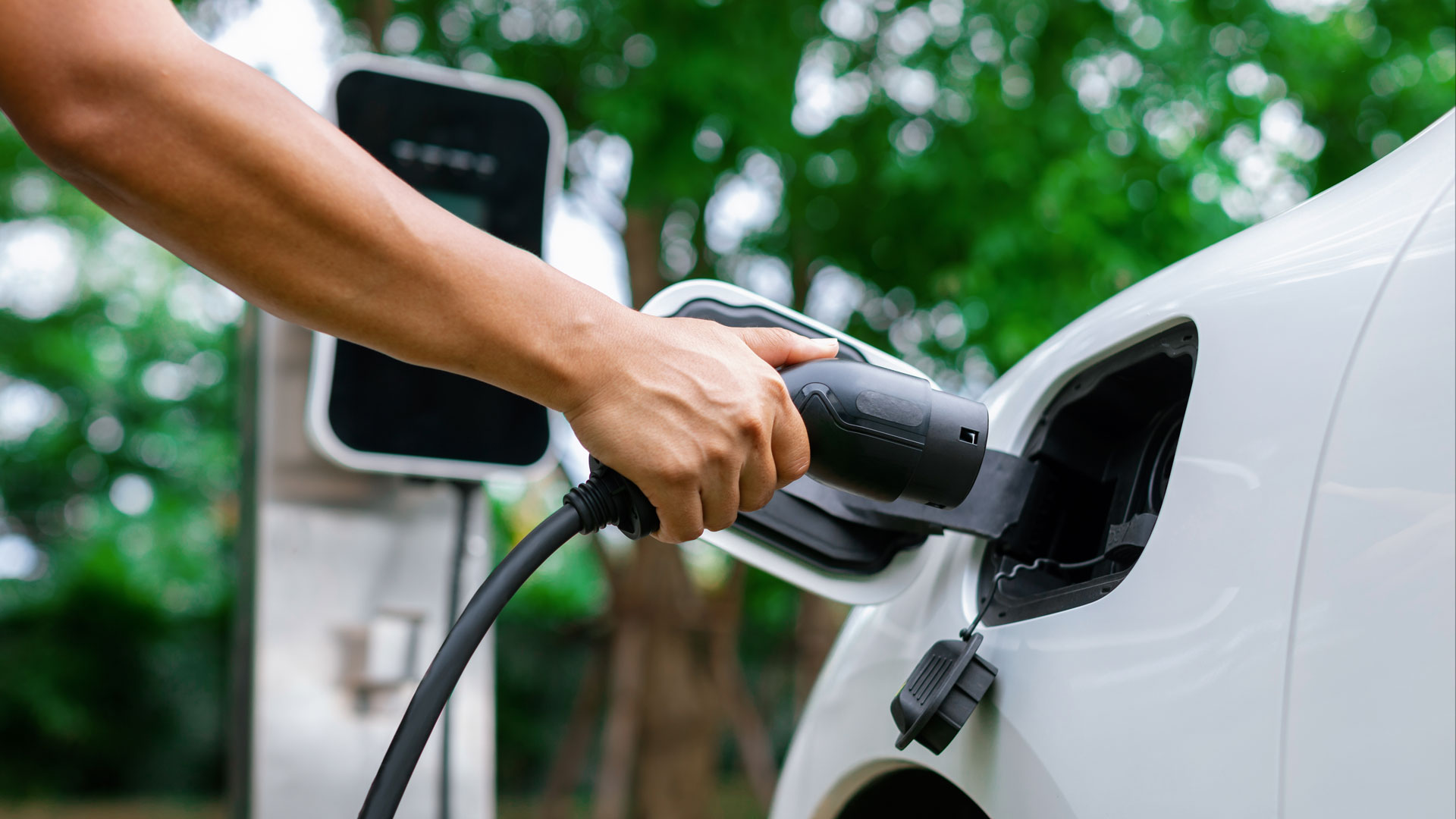
The only major car manufacturer that hasn’t committed to adopting NACS yet is Stellantis, which is planning to launch EVs under its Jeep, RAM, and Fiat brands next year. And since I last wrote about the switch to NACS, the SAE (Society of Automotive Engineers) has formalized NACS into an official standard (technically called J3400), and the White House is also throwing its support behind the new standard.
A Tesla employee recently revealed that Ford and GM EVs will be able to start using Superchargers via a CCS1 to NACS adapter in February 2024. NACS support for the other automakers who have partnered with Tesla will roll out in stages throughout the new year, to avoid overwhelming the charging network. So, by the end of 2024, most EVs in North America should be able to use Superchargers.
Access to Tesla’s Supercharger network is going to be a game changer for (most) drivers with non-Tesla EVs who want to travel long distances – and those who can’t charge at home – including anyone who acquires one of the new EVs listed below. And since Elon Musk’s often problematic shenanigans have turned off many potential Tesla customers, there’s likely to be an increase in the sale of non-Tesla EVs.
Exciting new cars
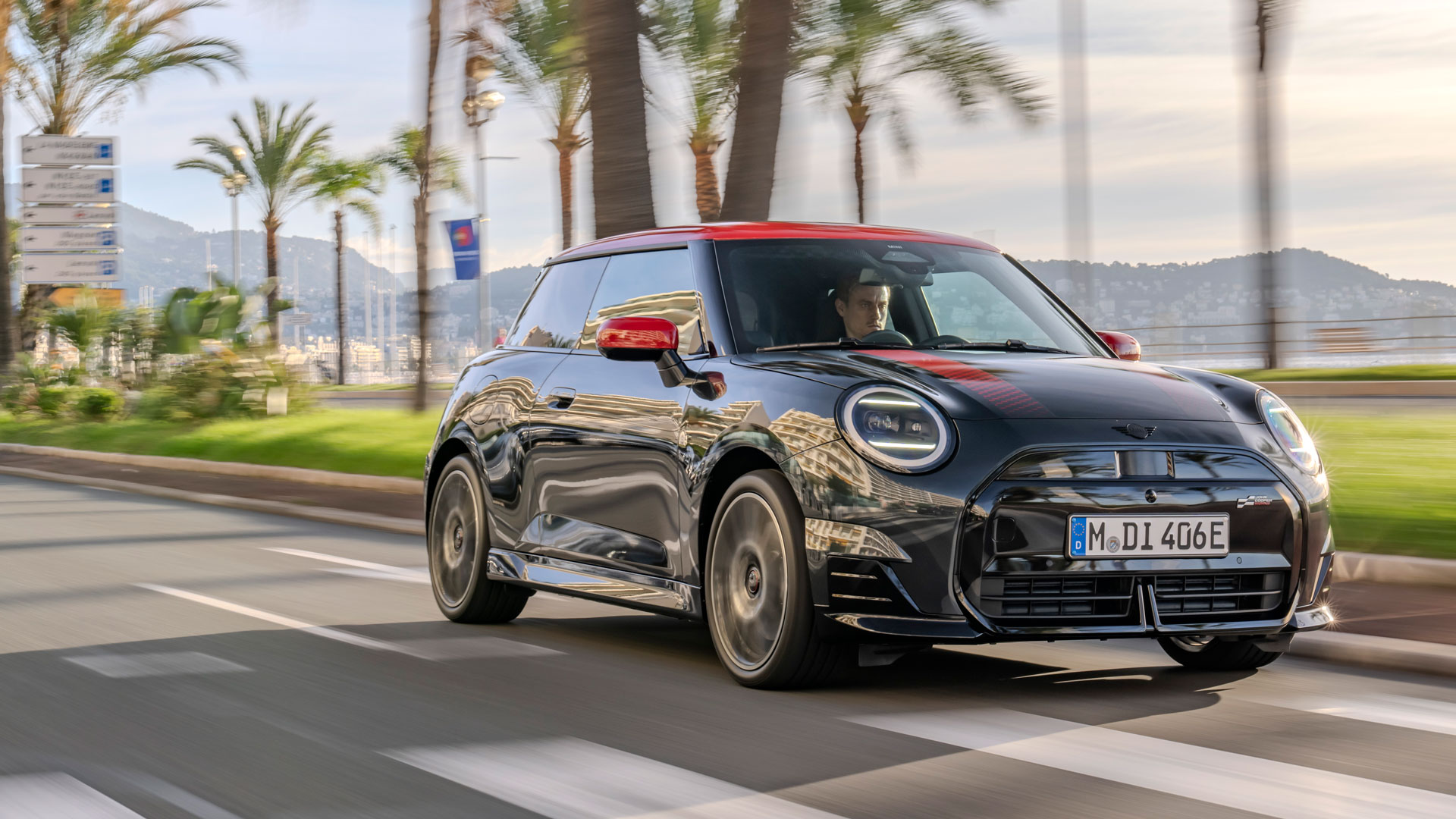
2024 is shaping up to be an important year for EVs thanks to a wider selection of new electric cars, trucks, and SUVs than ever before – and with some models being more affordable than ever. Below is a list that includes most of the new EVs that are expected to become available in the US and Canada over the next year. It isn’t complete and doesn’t include any EV that became widely available 2023.
- Acura ZDX
- Cadillac Escalade IQ
- Chevy Silverado EV, Blazer EV, and Equinox EV
- Fiat 500e
- Honda Prologue
- Hyundai IONIQ 5 N
- Jeep Recon
- Kia EV9
- Lotus Eletre
- Lucid Gravity
- Mercedes-Benz EQG
- MINI Cooper EV and Countryman EV
- Polestar 3 and 4
- Porsche Macan EV
- Ram 1500 REV
- Tesla Model 3 Project Highland, and Model Y Project Juniper
- Volkswagen ID.7 and ID.Buzz
- Volvo EX30 and EX90
I’m particularly excited about the upcoming Hyundai IONIQ 5N, Polestar 4, Tesla Model 3 Highland, Volkswagen ID.Buzz, and Volvo EX30. Why? Because I prefer small(er), sporty cars over crossovers, SUVs, and trucks. Oh, and vans are cool, especially when converted for camping. So these are my new EV picks for North America in 2024.
Hyundai IONIQ 5 N
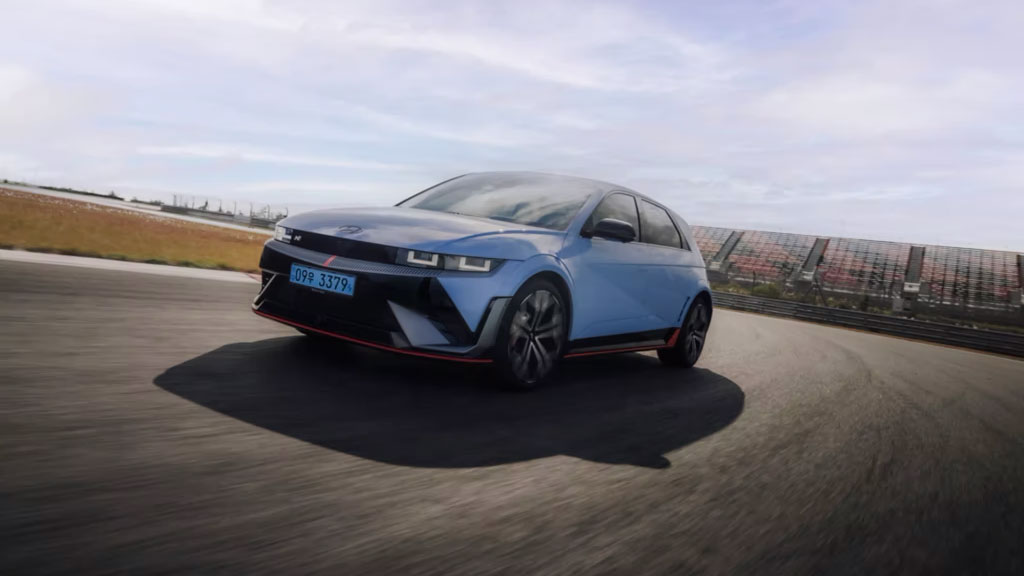
The Hyundai IONIQ 5 N is to the IONIQ 5 what last year’s Kia EV6 GT was to the regular EV6 – a completely bonkers sports version of the same vehicle. It inherits the awesome 1980’s-inspired boxy hatchback styling from the IONIQ 5 – mapped to a crossover form factor – but adds wider fenders, large front and rear spoilers, and orange accents. Think modern Lancia Delta Integrale, and you have the right idea.
Besides features like launch control and drift mode – already available on its insane cousin, the EV6 GT – the IONIQ 5 N boasts a simulated dual-clutch transmission, complete with fake gears, paddle shifters, a tach, a rev-limiter, and a matching audible soundtrack, just in case you miss driving a high-strung 4-cylinder turbo engine on your morning rally commute. It’s the highest performance (and most fun-to-drive) IONIQ 5 yet.
- Price: $70,000 est.
- Range: 200mi est.
- Power: 641hp
Polestar 4
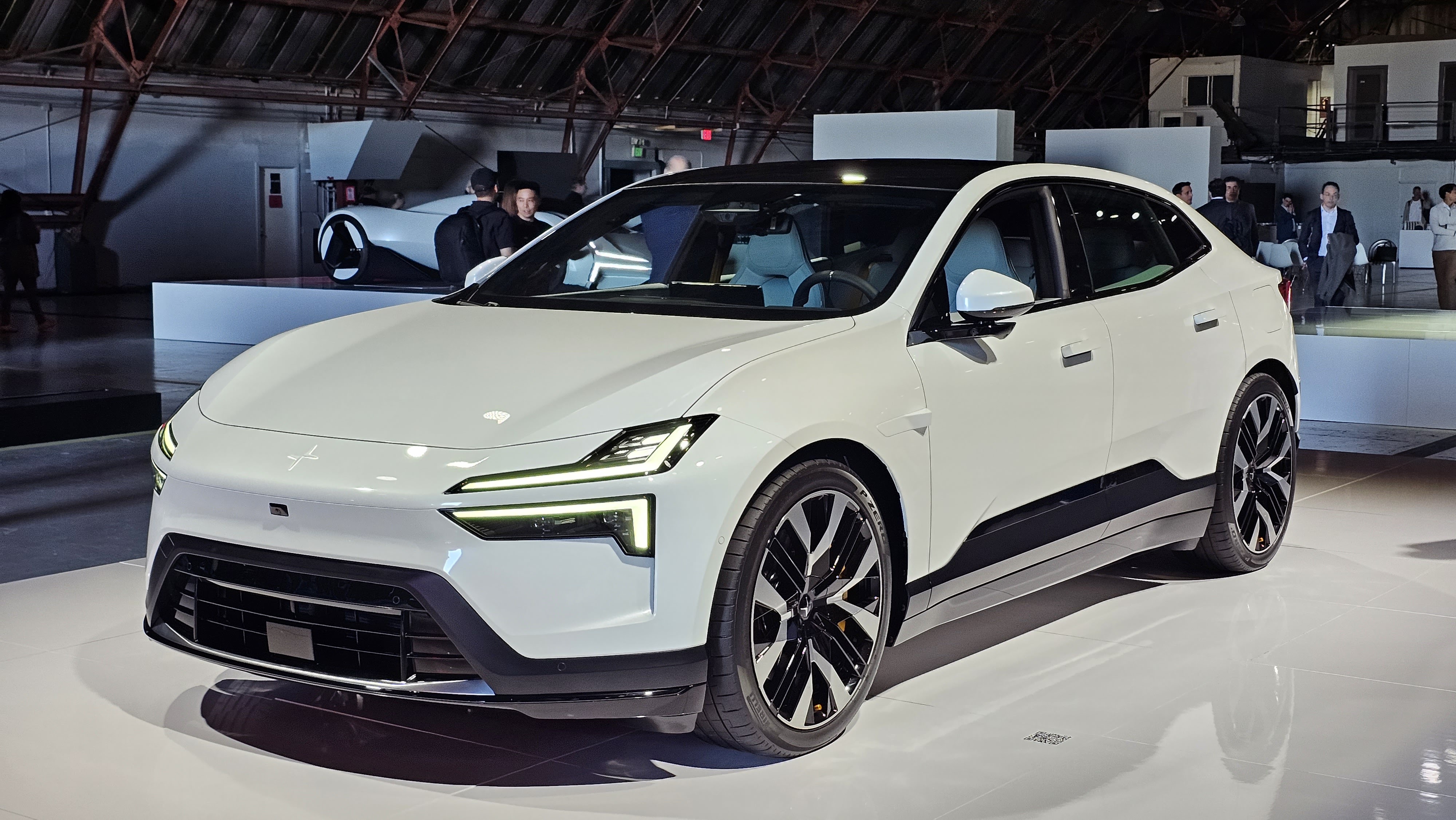
Polestar calls the 4 an SUV coupé but it’s really more of a fastback sedan, and it’s gorgeous. This sleek, premium EV shares a platform with the excellent Zeekr 001 from Chinese parent company Geely (which also owns Volvo and Lotus), but stands out by not having a rear window. Instead, the driver gets an HD digital rearview mirror and the rear passengers get more headroom – plus reclining rear seats. Fancy.
Before being acquired by Geely, Polestar was Volvo’s performance brand (like AMG is to Mercedes-Benz), so you can expect the Polestar 4 to be fast and fun to drive. And, if the Polestar 2 BST (beast) Edition is any indication, it will also handle extremely well. Since the Polestar 4 is a full SDV (software defined vehicle), it packs Level 2 ADAS (advanced driver assistance system) and a Google-based infotainment system
- Price: $60,000 - $80,000 est.
- Range: 270 - 300mi est.
- Power: 272 - 544hp
Tesla Model 3 Project Highland
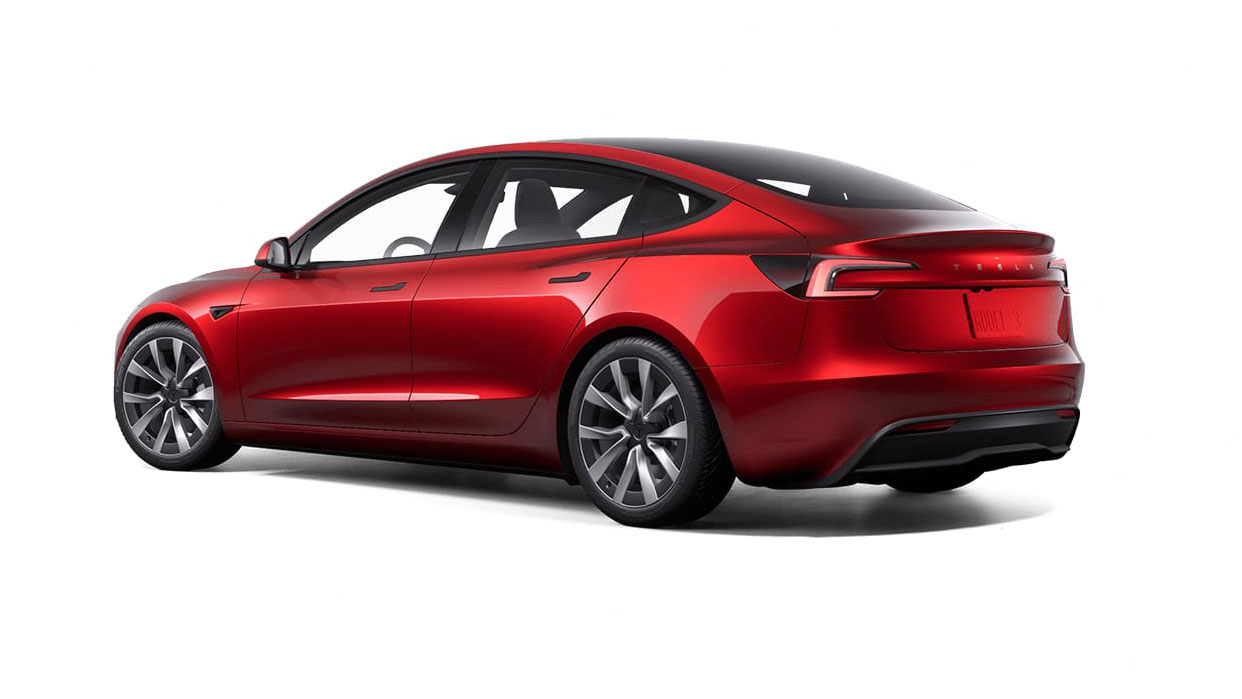
Back in September, I wrote about the Model 3 Project Highland, which is already available in Europe and Asia. It’s the first major refresh of Tesla’s most affordable EV since its launch in 2017, and it’s coming to North America in 2024. Updates include reworked front and rear ends, ride comfort improvements, a quieter, more premium interior with ambient lighting, a rear infotainment screen, cooled seats, and a stalkless steering wheel.
- Price: $39,000 - $51,000 est.
- Range: 300 - 370mi est.
- Power: 283 - 456hp
Volkswagen ID.Buzz
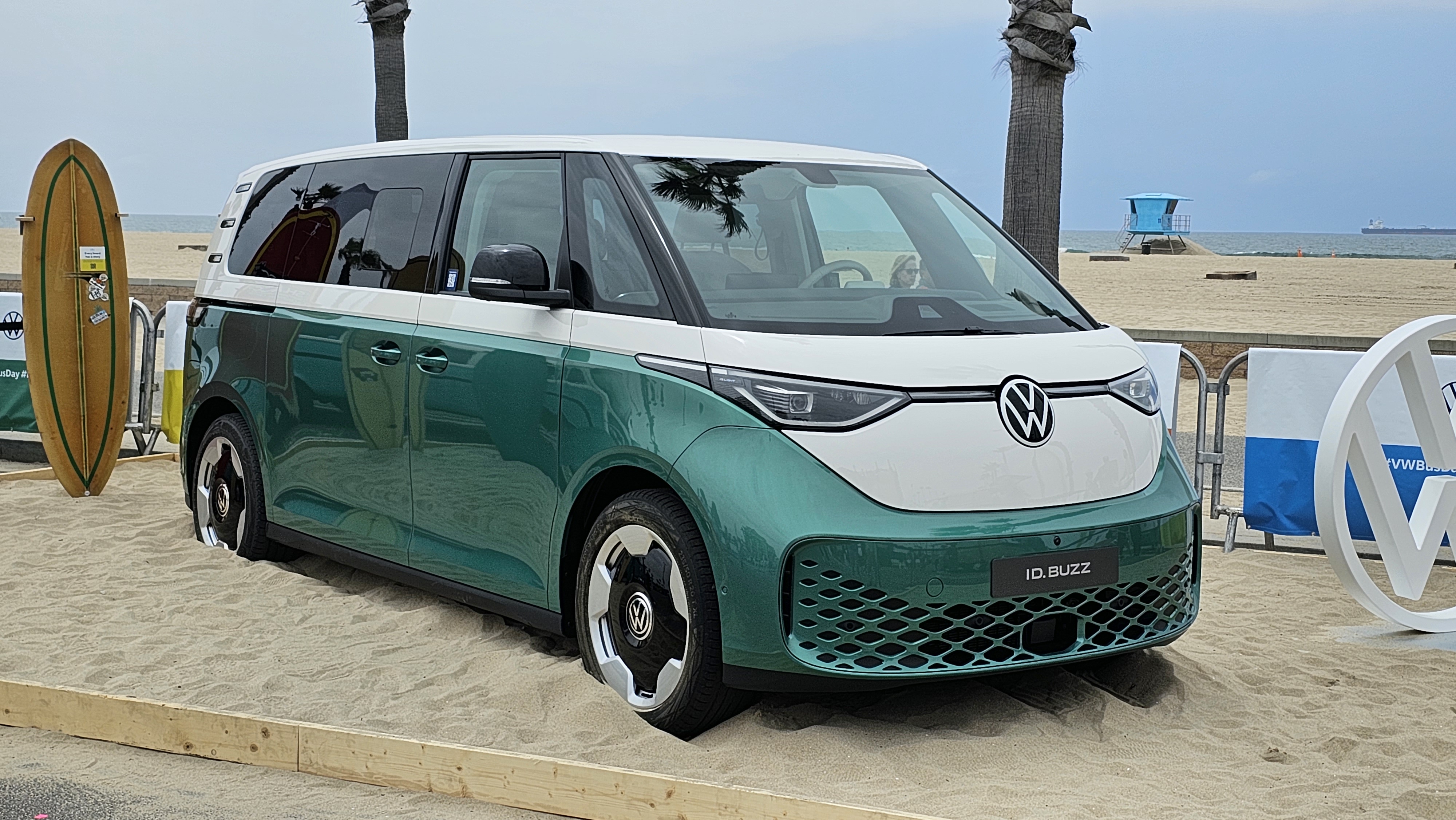
Back in 2022, I got to experience the ID.Buzz – Volkswagen’s new retro-modern electric microbus which is meant to evoke the iconic microbus from the 1960’s – and I came away impressed. Then, a few months ago, I got the chance to drive the ID.Buzz, and it cemented my interest. See, I used to own a VW camper van, and I really like EVs, so the ID.Buzz is obviously on my radar, especially the rumored camper van model.
Fast forward to last May, when VW invited me to check out the updated, long-wheelbase version of the ID.Buzz, which lands in North America in 2024. It’s 10-inches longer, boasts an additional battery module for more range, and fixes some of the short wheelbase model’s shortcomings, adding rear windows that open, rear climate vents and controls, plus a new and improved infotainment system.
- Price: $50,000 est.
- Range: 252 - 260mi est.
- Power: 282 - 330hp
Volvo EX30
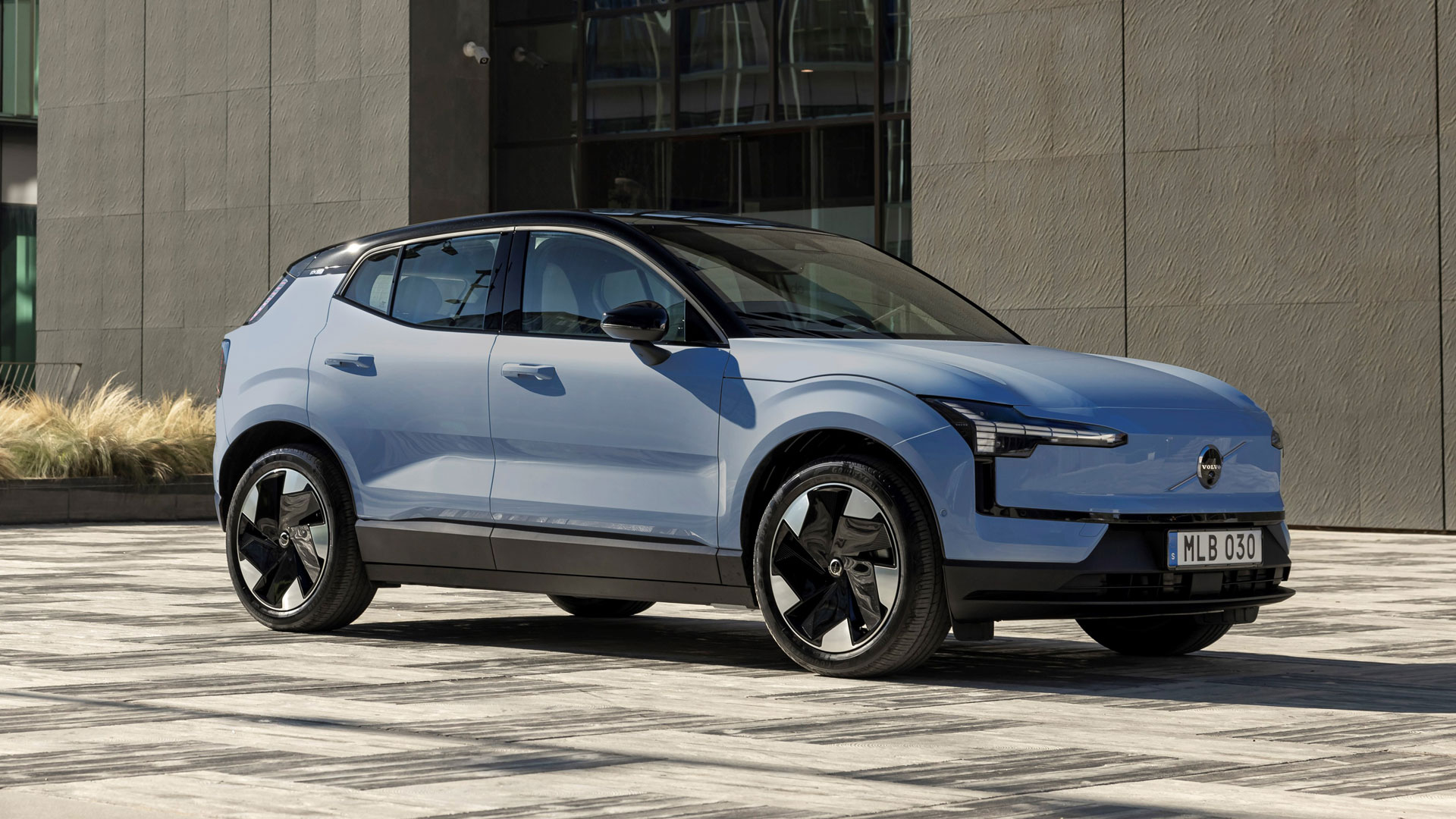
Think of the Volvo EX30 as a budget Polestar 4, and you have the right idea. This small, affordable crossover shares its platform with the Zeekr X from Chinese parent Geely (which also owns Polestar and Lotus), but is unmistakably Volvo, thanks to a minimalistic interior full of sustainable materials, and a tasteful exterior. Standout features include a sound bar instead of multiple speakers, and a center-mounted glove box.
And while the EX30 is quite affordable, it doesn’t sacrifice comfort or performance. It’s fun to drive – not to mention quick (up to 0-60mph in 3.4s in the best trim). You also get Volvo’s supremely comfortable seats and a quiet, airy cabin. This is a full SDV (software defined vehicle), so there’s lots of tech on the menu, including a Google-based infotainment system, and Level 2 ADAS (advanced driver assistance system).
- Price: $36,000 - $48,000
- Range: 265 - 275mi est.
- Power: 268 - 422hp
Things are looking bright
Things are looking bright for EV customers in 2024. The upcoming NACS rollout in the US and Canada will significantly increase the number of DC fast charging stations available to non-Tesla EVs and facilitate long-distance travel and road trips for a broader range of EV customers. In addition, 2024 will see a wide variety of interesting new EVs come to market, including a few budget-friendly options. Now, that’s worth getting excited about.







